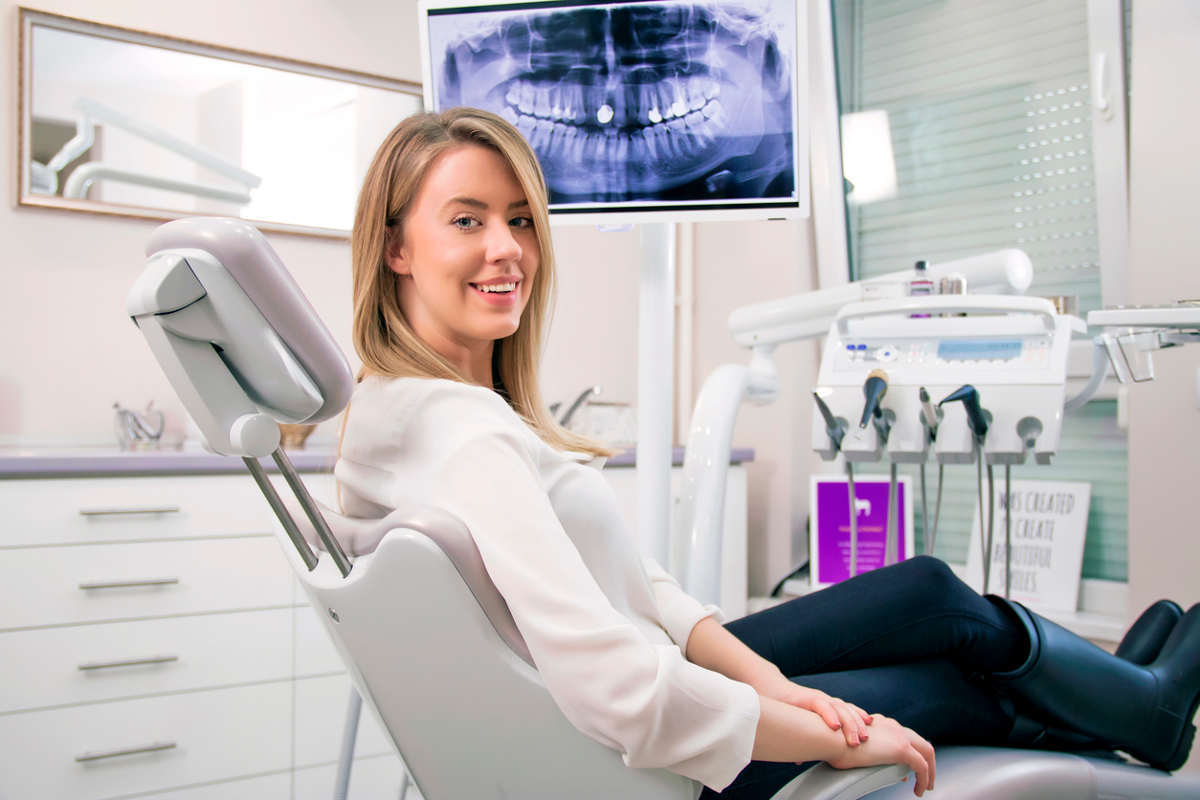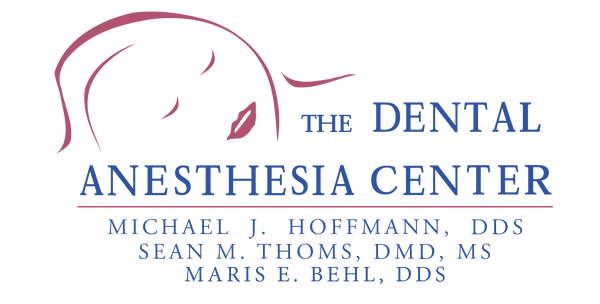It is estimated that up to 10% of people have a legitimate dental phobia, and another 50% or so feel significant dental anxiety.

Recently, sedation dentistry has been taking the dental industry by storm. Between the internet, billboards, and newspapers, it seems like it is being advertised everywhere. This rise in popularity is no accident. A multitude of patients are finding that sedation is the best way to get their dental care. But why?
There are Multiple Levels
When people imagine sedation dentistry, they often picture a person being entirely asleep for their cleaning or procedure. This is actually not the case. There are 3 levels of dental sedation: Minimum, moderate, and deep. The minimal level relaxes you but doesn’t put you asleep, moderate keeps you conscious but will likely eliminate your memory of the event, and deep will make you unconscious.
It Has a Long History
Another stereotype of sedation dentistry is that it is brand new. This is not the case either. In fact, it has been used since the 1960s for in-depth procedures and for patients with special needs.
It Helps a Variety of People
Most people believe that sedation is solely used for a small group of people with dental anxiety. This is wrong on two levels:
- First, the people who feel dental anxiety are not a small group. It is estimated that up to 10% of people have a legitimate dental phobia, and another 50% or so feel significant dental anxiety. Stress is a widespread feeling in dentistry and sedation helps those who feel it.
- The second belief is that sedation is only for those who experience anxiety. However, it is also used for extensive procedures, patients with sensitive gag reflexes, those with low pain tolerance and for patients who suffer from diseases such as dementia.
It Is Safe
Horror stories about sedation are great for click bait headlines, but in reality, are nearly non-existent. Sedation is administered by a trained professional at the perfect dose, making the entire process perfectly safe for the patient. This same kind of sedation is done in every hospital in the country, every day, over and over.
Your Oral Health is Vital
For people who feel dental anxiety, phobia, or excessive pain, going to the dentist is not an easy task. Rather than face their fear, they often opt for not going to the dentist at all. In the long run, this is incredibly costly, for both their health and their wallet. This lack of care will inevitably lead to expensive and even more painful procedures down the road, making sedation a much smarter decision than not going to the dentist at all.
St. Louis Sedation Dentist
Most people know that their oral health is important, but many of them skip the dentist anyway. They all have legitimate reasons, but those reasons are not significant enough to sacrifice oral health. If you suffer from any condition that keeps you away from the dentist, contact The Dental Anesthesia Center today!
When you come in for your appointment Dr. Hoffmann, Dr. Thoms, or Dr. Behl will decide which level is best for you. We look forward to meeting you. Call us at (314) 862-7844 and one of our friendly team members will be happy to speak with you.
The History of Dental Sedation
Discovery
One of the most common types of sedation is the inhalation of nitrous oxide, which is often called “laughing gas” by patients. This compound was discovered all the way back in 1772 by a man named Joseph Priestley. After its discovery, it did not become a medical tool right away. Instead, it was only used as a preservative for decades before any medical applications.
First Dental Application
After around 70 years, dentists began to use nitrous oxide for certain difficult procedures. The primary pioneer of the technology was Horace Wells, a dentist from Connecticut. After successfully removing a tooth with minimal discomfort, he took to spreading the message about this fantastic medical advancement.
Setback
Unfortunately, during one of his demonstrations, he did not administer enough gas to the patient. The result was an intensely painful procedure that was given in front of an audience. There are reports that the patient was screaming in pain during the treatment, which is a bad look for a somewhat unfamiliar practice. This turned a lot of people off to the idea of dental sedation, and its practice was delayed another 20 years before being tried again.
Widespread Adoption
In the 1940s, sedation began to be a widespread medical treatment in hospitals and dental offices. By this time, doctors had tested the various sedative substances enough to understand the exact doses needed for each. This allowed them to safely administer sedation for patients in need. The result of this was further innovation and safety improvements. With the entire medical community supporting it, sedation became a treatment that now takes place every single day. This has allowed countless people to kill their pain during procedures, and in the case of dental anxiety, calm them down during an appointment.
One of the best things you can do for your oral health is to regularly visit the dentist. Not only do they provide cleanings, but they also check for cavities and other severe issues. If a person is uncomfortable going to the dentist and decides not to go at all, they are putting themselves at risk. Fortunately, sedation allows people who would otherwise skip the dentist to go and get the treatment they need. Not only does this improve their oral health, but it saves them money and pain in the long term due to cavity avoidance. If you are somebody that has issues with seeing the dentist and is afraid of sedation, understand that sedation has been around for a while and is generally safe.
